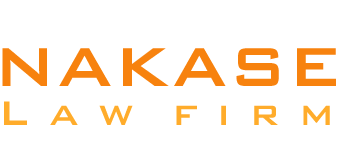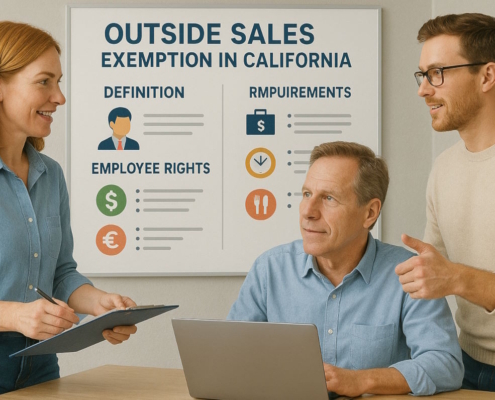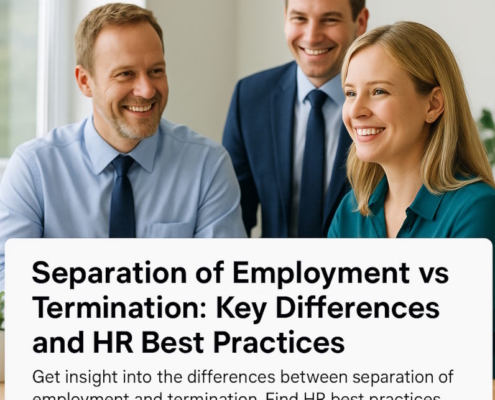Introduction
The company where you work is mandated by California law to pay for all essential expenses that you incur as a result of your job duties/employment. Employees’ personal automobile expenses are the most prevalent kind of on-the-job expenses. While employers can repay employees for using their vehicles in a number of ways, the mileage reimbursement method—in which the company pays a set sum for each mile driven—is the most popular.
What is the latest California mileage reimbursement rate?
Employers are required by the IRS (Internal Revenue Service) to pay workers a certain amount each mile for using a private vehicle. Occasionally, the reimbursement rate fluctuates based on the “fixed & variable expenses associated with running an automobile.” The necessary reimbursement amount per mile was reduced by the Internal Revenue Service from 0.575 cents to 0.56 cents as of January 2021. Employers may, however, cover the higher sum if their policy establishes a greater per-mile compensation rate.
What is covered by the California mileage reimbursement law?
Section 2802 of the labor code governs California mileage reimbursement. This significant law says the following:
The employer is responsible for covering all required expenses or losses that the employee may incur as a direct result of carrying out their tasks or compliance with their instructions.
In simple terms, Section 2802 only mandates that businesses pay back workers for expenses and charges that they incur while performing their duties or as a result of directives from the employer.
Examples of expenses covered under Section 2802 include car expenses, travel expenses, mobile phone use, home broadband service, and legal bills, among other costs that employees spend as a necessary result of their employment.
Which techniques are available to employers for vehicle expense reimbursement?
California firms can reimburse workers for personal car use in three main ways. In Gattuso vs. Harte-Hanks Shoppers (2007), the California Supreme Court examined each of these approaches and determined that they were all compliant with Section 2802, provided that they reimbursed the employee for all expenses including fuel, upkeep, insurance, repairs, depreciation, and registration that come with owning and using the vehicle.
The Mileage Reimbursement Methodology
Most employers reimburse the travel costs of their workers with the use of the most common method known as the mileage reimbursement method which requires the employee to monitor all the miles he or she incurs in the course of travel. When the worker gives the miles traveled then the employer pays him on a predetermined rate per mile. As previously mentioned, the IRS usually sets that rate for income tax considerations. The average national costs for gasoline, upkeep, repairs, depreciation, and insurance are the basis for the IRS rate.
According to an opinion letter from the California DLSE (Division of Labor Standards Enforcement), the IRS mileage reimbursement rate is presumed to be acceptable, even though it is merely an estimate. Accordingly, if an employer wishes to pay a lesser amount than the present IRS rate, it needs to provide evidence that the employee’s true car operating expenses are lower. If the employee desires a higher rate, however, they will have to demonstrate that their real operating expenses exceed the IRS rate.
In summary, if your company employs the California mileage reimbursement system and you receive payment that is below the IRS rate, which is now $0.56 per mile, you probably have a strong case against them for violating Section 2802. It would be extremely difficult, if not unattainable, for the employer to demonstrate that your expenses are actually below $0.56 per mile in order to effectively defend itself.
The Actual Expense Methodology
The “actual expense approach” is the second way that employers can reimburse workers for their own automobile expenses. This method entails keeping track of all the costs that an employee spends on his truck or car, including fuel, upkeep, repairs, registration, insurance, and depreciation, and then dividing those costs between miles driven for job duties and leisure. Because it takes a lot of time and effort to administer, despite its high accuracy, this approach is rarely employed.
The Lump Sum Methodology
The “lump sum approach” is the third strategy that employers may adopt. Employees are not required to keep account of their work-related miles; instead, they are reimbursed for the use of their own vehicles in exchange for a set sum. Rather, the employer provides a set sum in the shape of a gas stipend, automobile allowance, or per diem. As long as the payment is sufficient to cover the worker’s actual operating expenses, the lump sum approach conforms to Section 2802.
Enhanced Compensation Methodology
Paying an increased salary or wage amount to meet the cost is the fourth way a company can reimburse workers for car expenditures they incur while on the job. For instance, in order to cover costs, an employer may pay an additional hourly rate.
California allows this arrangement, but only under specific circumstances. First, if the extra sum is liable to tax deductions, the amount after taxes must be sufficient to pay for the employee’s expenses. Secondly, the courts of California have determined that the employer must provide written notice of the percentage of total compensation allotted to reimbursement and the methodology used to determine that number in order for the increased compensation amount to be eligible for reimbursement of expenses.
The correspondence must occur when wages are paid. That is, each time the increased salary is paid, the employer is required to include the calculation on a separate form or in the pay stub.
Can workers receive payment for additional expenses associated with their jobs?
Employers are also required by California Labor Code Section 2802 to reimburse workers for other travel and work-related costs. Other typical costs that can be reimbursed are:
- Smartphone or Cellular telephone;
- Home broadband expenses;
- Vehicle rental charges;
- Conference registration;
- Copy, printing, and fax costs;
- Currency conversion charges (when traveling to foreign places);
- Hotel costs;
- Internet access costs at the hotel;
- Postage expenses;
- Parking fees;
- Public transportation costs;
- Taxi costs;
- Tolls; and
-
To qualify to get a certain expense paid, it should be directly connected with your work. The California law also does not permit employers to impose the burden of doing business on workers. If your company mandates that you utilize a cell phone, car, or home Internet access in order to do your job, they have to pay for that service.
Reimbursable expenses are frequently listed by companies in internal documents such as employee handbooks. In any case, if the cost is “essential” to carry out the job, reimbursement remains legally required even if it is not mentioned in the company’s manual or policy.
Reimbursement for commuting miles is not required
All of the mileage related to employees’ jobs does not have to be covered by the employer. Most significantly, employers are not required to pay for the mileage that employees travel to and from work. The same is true for additional transportation expenses related to getting to and from work and home. One of the many ways that employers might fail to pay workers fairly is through mileage reimbursement.
Class-Action Lawsuits for California Mileage Reimbursement Violations
When one employee discovers that their employer is not paying them appropriately for travel expenses linked to their job, like mileage reimbursement, other staff members are frequently impacted as well. A class-action lawsuit might be the most effective means of holding the employer responsible in certain circumstances.
Compared to individual litigation, class-action lawsuits have several advantages. Most importantly, workers can avoid the expenses of filing a claim. Furthermore, because the potential costs to the employer of losing a class action labor case in California can be high, employees typically have more bargaining leverage.
Speak with an Employment Attorney right away for help
You might be eligible for compensation if you have prevailing concerns concerning California mileage reimbursement regulations or if you think your employer has denied you payment for eligible expenses. To better serve their clients, seasoned lawyers possess a thorough understanding of California’s fuel reimbursement regulations and stay current on any pertinent developments.































